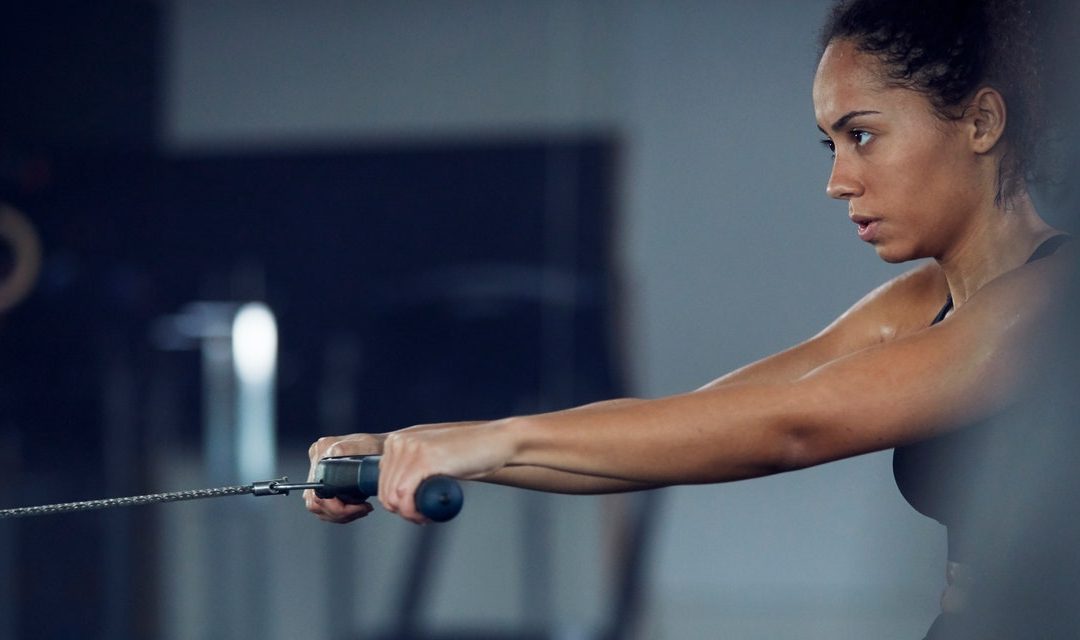For the sake of this article, we’ll talk about rowing machines, since they’re a lot more accessible at gyms and home gyms.
What kind of workout is rowing?
Anyone who’s tried a workout on a rowing machine knows that it will challenge your cardiovascular endurance, leaving you breathless, and oftentimes, soaking in sweat. But it’ll also leave your butt, legs, and back feeling spent—just like they do after a hard strength workout.
So, which kind of workout is rowing: strength or cardio?
Simply put, it’s both. Rowing is a cardio exercise because it involves continuous, repetitive movement that increases your heart rate. But it can also challenge your muscles from a strength perspective. During the drive, you’re engaging your glutes, quads, hamstrings, and core, Crawford says. And as you pull the handle toward you, your lats, upper-back muscles, and biceps fire in turn.
One reason for the muscle benefits? The form you use when you row correctly—driving each stroke from the back-of-the-body muscles in your legs and butt—is actually the same movement pattern used in traditional strength training exercises like a deadlift or kettlebell swing: the hip hinge. But instead of pulling against the resistance of, say, a barbell, you’re moving against the resistance of your own bodyweight and the wind in the cage.
Still, while there is both a cardio and strength component to rowing, it leans more in the cardio direction, Sam Chan, DPT, CSCS, a physical therapist and athletic trainer at Bespoke Treatments in New York City, tells SELF.
That’s because you’re working continuously on a rower—similar to how you do on a treadmill or an elliptical—and really getting in a lot of reps (or strokes). For instance, people generally perform about 20–26 strokes per minute when rowing at a moderate intensity, Crawford says. That means if you row for just five minutes, you’ve racked up more than 100 straight reps.
That’s way more than you’d perform during that period when strength training. When you’re working on getting stronger, you have periods of work (your sets) and periods of rest (when you take a breather in between). This rest-and-reset allows you to really challenge your muscles with higher load or resistance during your working sets. Because the weight is more challenging for your muscles, you have to do way fewer reps (say, usually between 6 to 12 reps per set) and then rest so your body can do it again in a minute or two.
In fact, if you used the same resistance on a rower as you did when strength training, you likely wouldn’t be able to sustain it for more than 15–20 seconds, Dr. Chan says—much less than the length of a typical rowing workout!
So while rowing does challenge your muscles, “it’s more of a muscular endurance workout” than a strength-focused or muscle-building workout, says Dr. Chan. For those latter goals, you’d need to use progressive overload with strength training—continually challenging your muscles with gradually increasing weight.
How can you use rowing to build strength?
Rowing is not going to be the best sole modality for specific strength or muscle-building goals, but it can be a great complement to them. That’s because certain rowing workouts can really hone your power, which has a strong carryover to your gym routines. In fact, high-intensity rowing workouts recruit the same type II muscle fibers—those that create lots of force, but for short durations—that lower-body strength training does, research shows.

